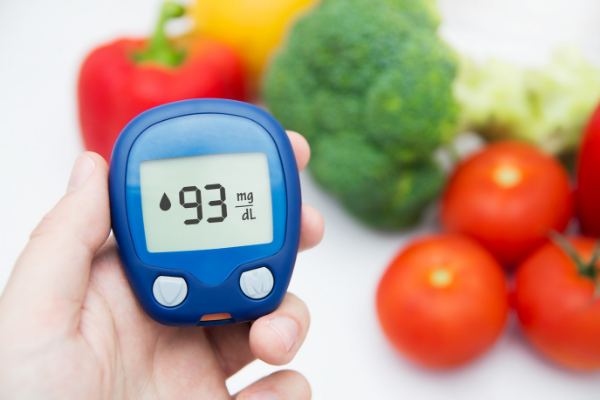

Statistics show that approximately 84 million American adults — more than 1 out of 3 — have prediabetes. The good news is that it is reversible. You can prevent or delay prediabetes from developing into type 2 diabetes with simple, proven lifestyle changes.
What is Prediabetes?
Prediabetes is a serious health condition where blood sugar levels are higher than normal but not high enough to be diagnosed as diabetes. Prediabetes puts you at increased risk of developing type 2 diabetes, heart disease, and stroke.
You can have prediabetes for years but have no clear symptoms, so it often goes undetected until serious health problems show up. That’s why it’s important to talk to your doctor about getting your blood sugar tested if you have any of the risk factors for prediabetes, which include:
- Being overweight.
- Being 45 years or older.
- Having a parent, brother, or sister with type 2 diabetes.
- Being physically active less than 3 times a week.
- Having gestational diabetes (diabetes during pregnancy) or giving birth to a baby weighing more than 9 pounds.
- Race and ethnicity are also factors: African Americans, Hispanic/Latino Americans, American Indians, Pacific Islanders, and some Asian Americans are at higher risk.
What is the difference between Type 1 and Type 2 Diabetes?
About 90%-95% of people with diabetes have type 2 diabetes. Type 2 is a gradual disease that develops over many years and occurs most often in older people (though increasingly children, teens, and young adults are developing the disease). Prediabetes can develop into type 2 diabetes, but not type 1.
About 5% have Type 1 diabetes. This type is caused by an immune reaction and can’t yet be prevented. Type 1 often starts quickly and has severe symptoms. It occurs most often in children, teens, and young adults, and these people must use insulin every day to survive.
Diabetes affects every major organ in the body. People with diabetes often develop major complications, such as kidney failure, blindness, and nerve damage (nerve damage can lead to amputation of a toe, foot, or leg). Some studies suggest that diabetes doubles the risk of depression and that risk increases as more diabetes-related health problems develop.
What you can do to prevent or reverse Prediabetes:
Move More. Becoming more active is one of the best things you can do to make diabetes less likely. Ideally, you should exercise at least 30 minutes a day, five days a week.
Lower Your Weight. If you are overweight, lose weight. Studies show that even a loss of 5-7% of body weight (just a loss of 10-14 pounds in someone who weighs 200 pounds) cuts their chances of getting diabetes by 58%.
See Your Doctor More Often. Go for regular checkups. If you have prediabetes, see your doctor every 3-6 months.
Eat Better:
- Load up on vegetables, especially the less-starchy kinds such as spinach and other leafy greens, broccoli, carrots, and green beans. Aim for at least three servings a day.
- Add more high-fiber foods to your day.
- Enjoy fruits in moderation – 1 to 3 servings of whole fruit per day.
- Choose whole-grain foods instead of processed grains — for example, brown rice instead of white rice and whole-grain pasta instead of white pasta.
Make Sleep a Priority. Not getting enough sleep regularly makes losing weight harder. A lack of sleep also makes it harder for your body to use insulin effectively and makes type 2 diabetes more likely. Check out my previous post, “Get Sleeping.”
Get Support. Losing weight, eating a healthy diet, and exercising regularly are easier if you have people helping you out. Consider working with a certified diabetes educator to learn ways to prevent your prediabetes from becoming diabetes. You can find one through the American Association of Diabetes Educators.




















